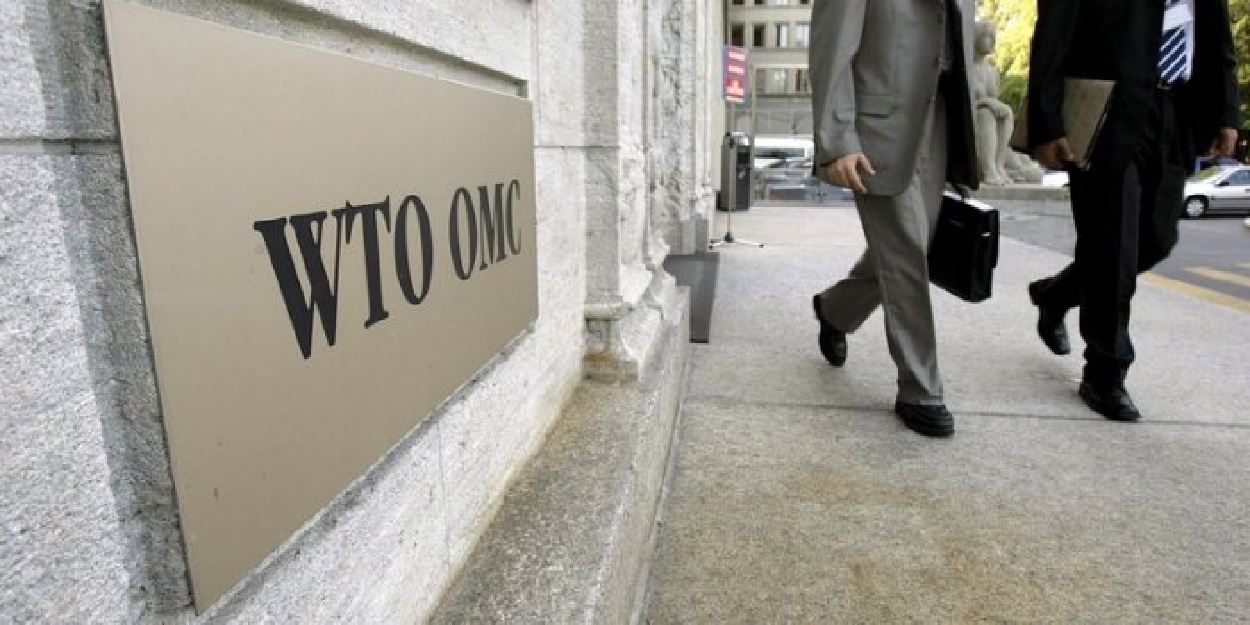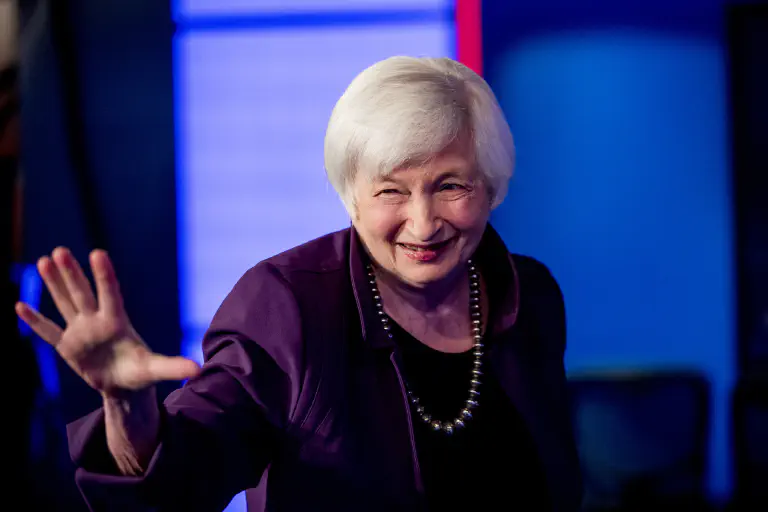
Rarely have free trade debaters–on all sides–had better opportunities to wag tongues. The long-standing era of free trade deals that in Canada started with the Canada-US Free Trade Agreement in 1987 (CUSFTA), superseded by the North American Free Trade Agreement (NAFTA) in 1994, has run squarely into a pronounced US protectionist revival that glaringly threatens the now deeply integrated global trade regime.
This is not, by the way, an uncontested protectionist movement. Free trade agreements around the world are at all-time highs.
In Canada alone, since the almost politically contemptible battle for NAFTA took place decades ago, there have been no fewer than 13 trade deals signed–14 if you count the Agreement on Internal Trade superseded by the Canadian Free Trade Agreement. And there are good reasons for all this deal-making, free trade by the numbers has been a success.
The first time NAFTA was a debatable possibility, in 1992, Canadian protectionists feared free trade would push the current account balance into deficit by dismantling the branch-plant economy.
Moreover, if NAFTA were to go through, practices like transfer-pricing would erode the tax base, and economic integration with the US would force fiscal policy harmonization to undermine Canada’s enviable social programs.
In retrospect, however, it’s difficult to pin any of Canada’s economic woes on NAFTA–after-all it’s the US who, despite the logic of contemporary trade theory, demanded renegotiation, not Canada.
While the manufacturing sector has indeed declined as a share of output, that decline began six years after NAFTA came into effect.
And it was likely influenced by the dot com bubble, the appreciation of the Canadian dollar vis-a-vis the US dollar that followed it, and the rapid growth of the service economy.
And under NAFTA the current account with the US did not spiral into deficit.
It’s been more or less balanced after adjusting for differences in pass-through accounting, with a surplus in goods trade and a deficit in services trade.
Health care in Canada is still on par with the Nordic miracles, and GDP per capita has climbed since 1994 by roughly 40%.
But all of this anyway is an illusion.
More and more distinguished economists, like Paul Krugman, now believe quota and tariff liberalization have more moderate effects on economic growth.
As Harvard’s Dani Rodrik tells it in his 2018 paper, ‘What Do Trade Agreements Really Do?’, free trade isn’t about trade at all, it’s about everything but.
The problem is that trade agreements are too comprehensive. They cover things like trade-related intellectual property rights (TRIPS), capital account liberalization, market and regulatory harmonization, and investor-state dispute mechanisms (ISDS).
Beggar-thy-neighbor mercantilist boxing has little to do with tariffs and quotas; these days the real game is all about non-tariff barriers to trade.
Maybe it’s time for pundits to consider the disaggregation of free trade agreements?
TRIPS negotiations could be returned to the World Intellectual Property Organization (WIPO).
Capital account liberalization and ISDS procedures could be negotiated in bilateral investment treaties (BIS).
International labour laws could be negotiated separately from trade rules.
Unbundling non-tariff issues from trade issues might enable better participation from those many interests that are affected by free trade but don’t get representation.
Hopefully, negotiators heading to Mexico for the seventh round of NAFTA talks on Feb 25th, and then to Chile to sign the Comprehensive and Progressive Trade Agreement for Trans-Pacific partnership on March 8th, will talk about putting the trade back in free trade.













